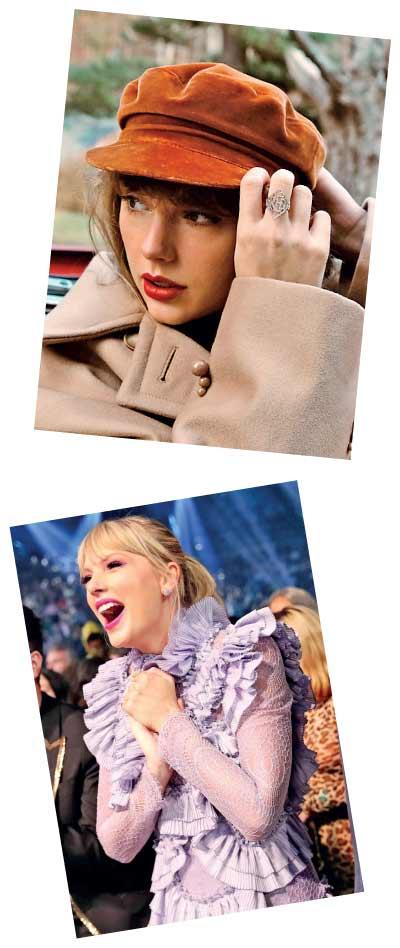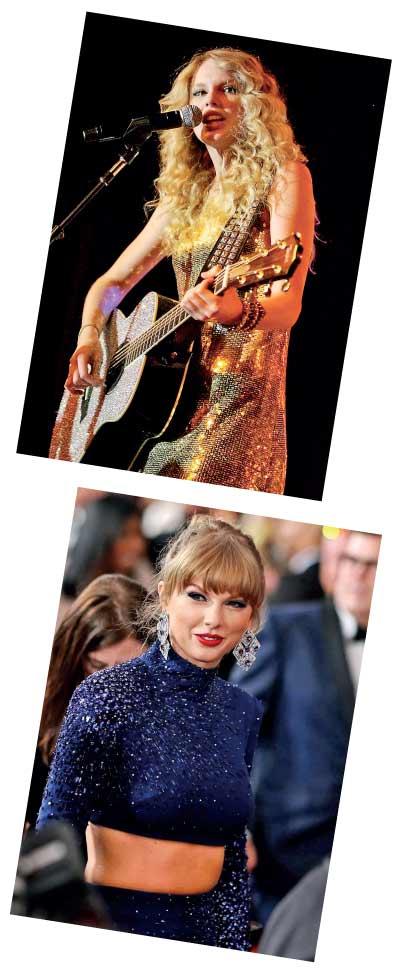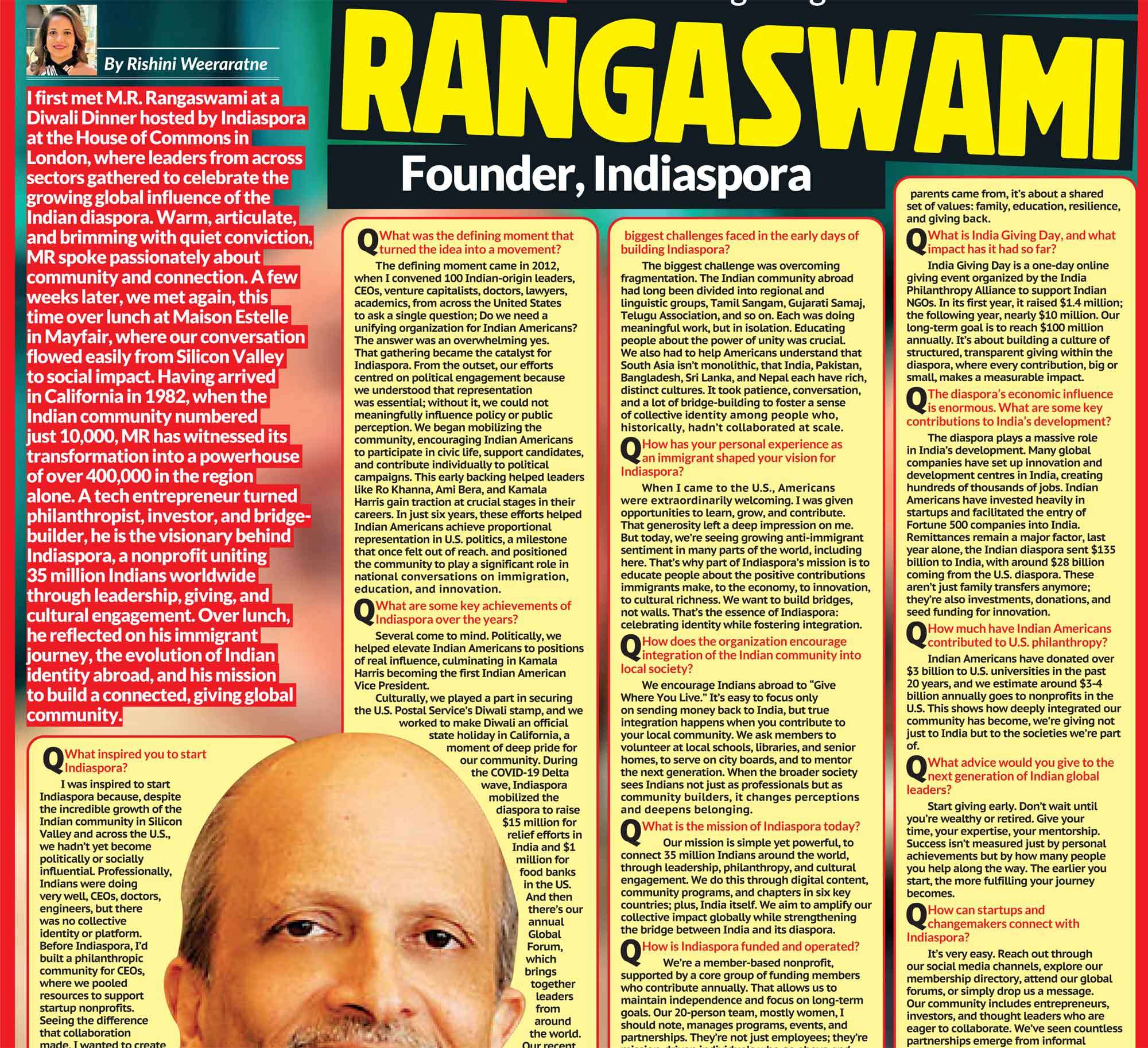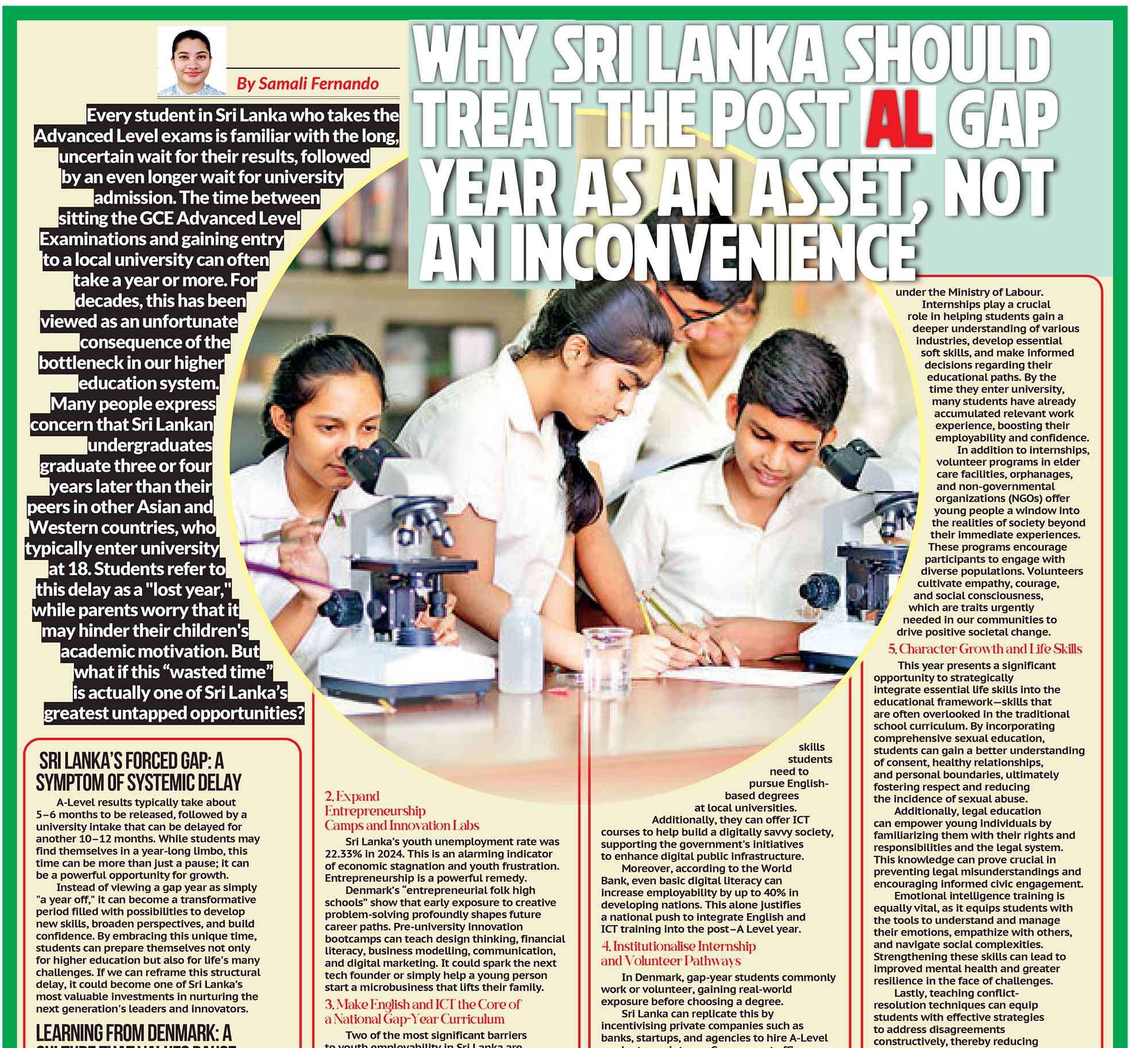How Taylor Swift Rewrote the Rules of Pop Reinvention
In a world where most pop stars reinvent themselves to stay relevant, Taylor Swift has done something far more radical: she’s turned transformation into an identity. Her career is a masterclass in evolution, not just musically, but emotionally and culturally. With each album, or ‘era,’ Swift offers her audience a new lens through which to see her life, and often, their own.
From country ingénue to global pop icon to indie-folk storyteller, she’s created a universe that fans don’t just listen to, they live in. And they’ve lived in it loudly. The Eras Tour alone has generated more than $1 billion in ticket sales, the highest-grossing tour of all time. That number isn’t just a flex, it’s a cultural checkpoint. Let’s take a closer look at the eras that made Taylor Swift not just an artist, but a phenomenon.
 Taylor Swift (2006): The Country Debut
Taylor Swift (2006): The Country Debut
A 16-year-old Taylor burst onto the Nashville scene with a self-titled debut album that blended classic country with teenage vulnerability. With heartfelt lyrics and acoustic guitar in hand, she introduced herself as a diarist in a cowboy hat.
Notable songs: Tim McGraw, Teardrops on My Guitar, Our Song
Fearless (2008): Fairytales and First Loves
Swift’s sophomore album transformed her into a household name. With sparkling melodies and lyrical innocence, Fearless captured the highs and heartbreaks of adolescence and became the soundtrack of a generation.
Notable songs: Love Story, You Belong with Me, Fifteen
Speak Now (2010): The Solo Storyteller
Written entirely by Swift herself, Speak Now was bold and unapologetically dramatic. Here, she explored themes of regret, empowerment, and romantic fallout, all while showcasing lyrical maturity.
Notable songs: Back to December, Enchanted, Dear John
Red (2012): The Emotionally Charged Transition
Red marked her shift toward pop while maintaining her storytelling roots. The album felt like emotional whiplash, a perfect mirror of one’s twenties. Passionate, chaotic, and bittersweet.
Notable songs: I Knew You Were Trouble, We Are Never Ever Getting Back Together, 22, All Too Well (10 Minute Version)
1989 (2014): The Pop Reinvention
With 1989, Swift left behind country completely and re-emerged as a pop powerhouse. Inspired by the synth-driven sound of the late ’80s, this album was crisp, polished, and bursting with confidence.
Notable songs: Shake It Off, Blank Space, Style, Wildest Dreams
Reputation (2017): Reinvention Through Rebellion
Following public controversies and media backlash, Swift returned with Reputation, an album dripping in vengeance, vulnerability, and sharp-edged glam. It was her most theatrical and experimental work to date.
Notable songs: Look What You Made Me Do, …Ready For It? Delicate
Lover (2019): Romance and Reclamation
A colorful palette both sonically and visually, Lover was a return to softness. But beneath the pastel hues was a deeper maturity, a celebration of chosen love, queer inclusion, and political voice.
Notable songs: Lover, You Need to Calm Down, The Archer, Cruel Summer
Folklore & Evermore (2020): Indie Introspection
Written during the pandemic, these sister albums saw Swift shift from pop spectacle to indie intimacy. Trading glitter for grey cardigans, she created cinematic soundscapes filled with fictional characters and whispered reflections.
Notable songs (Folklore): Cardigan, Exile, The 1
Notable songs (Evermore): Willow, Champagne Problems, Tolerate It
 Midnights (2022): Sleepless Confessions and Synth Pop
Midnights (2022): Sleepless Confessions and Synth Pop
Midnights is Taylor at her most reflective, exploring anxieties, self-image, and relationships through a moody blend of synth-pop and late-night vulnerability. It’s an album about what keeps her, and all of us, up at night.
Notable songs: Anti-Hero, Bejeweled, Lavender Haze, Karma
The Eras Tour: The Live Legacy
More than just a concert, The Eras Tour is an immersive retrospective, a 3.5-hour celebration of every musical chapter Taylor has written. With costumes, choreography, and career-spanning setlists, it’s a spectacle of memory, reinvention, and connection.
Why the Eras Matter
Each of Taylor Swift’s eras captures a moment not just in her life, but in ours. Her music has become a mirror for modern womanhood, from teenage crushes to existential crises. Whether you’re crying in your room at 17 or dancing alone in your 30s, there’s a Taylor Swift lyric waiting to hold your hand. More than just pop stardom, Taylor Swift’s eras are cultural time stamps. They remind us that change is not something to fear, but something to embrace. And that sometimes, the best way to move forward is to write a bridge and then scream-sing it.












